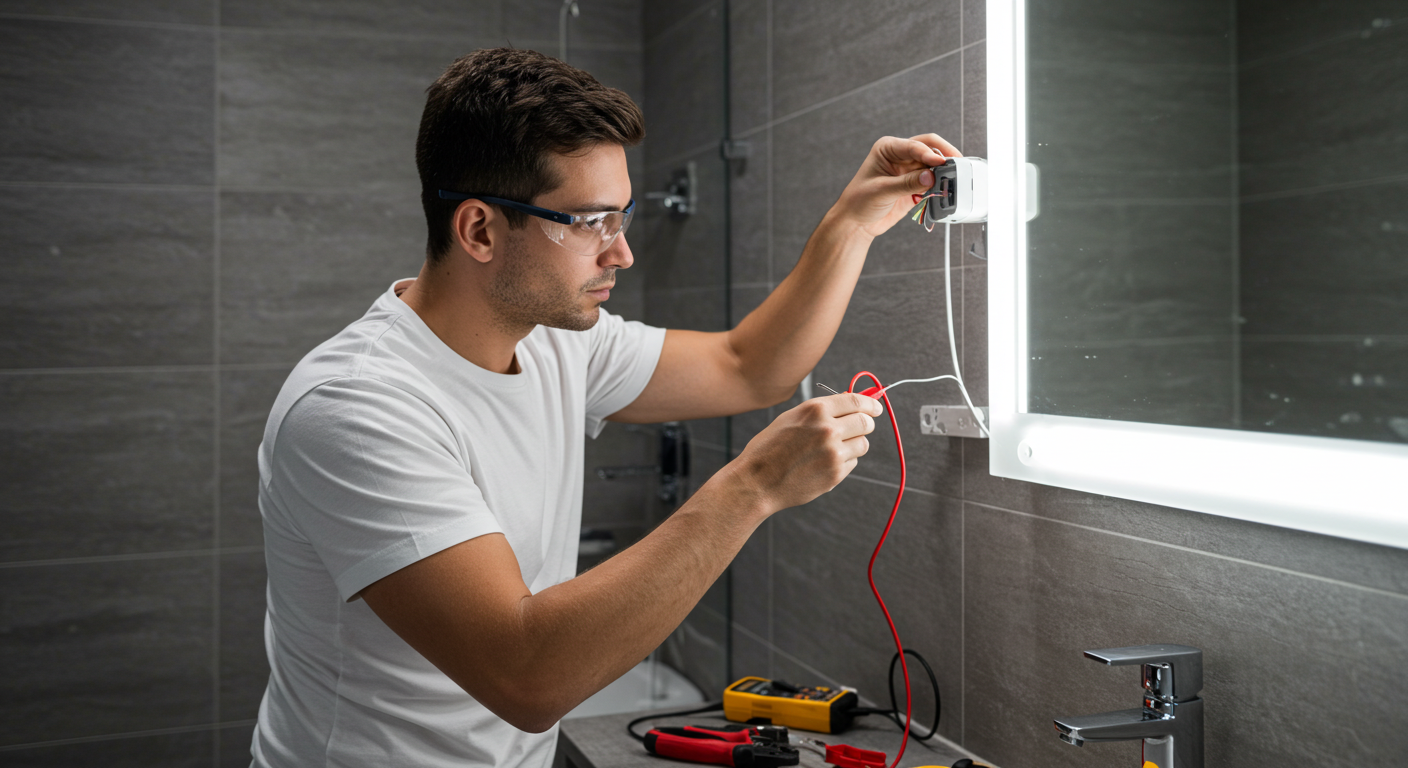Fracture repair is a meticulous and intricate procedure that demands exceptional precision, expertise, and the use of appropriate surgical tools. Whether treating a straightforward bone fracture or a complex multi-fragment injury, the effectiveness of the outcome largely depends on the quality and accuracy of the orthopedic surgical instruments used. Surgeons rely on high-performance tools to achieve precise bone alignment, secure fixation, and promote faster recovery. This article examines the essential factors to consider when choosing trauma instruments for fracture repair, highlighting how selecting the right tools can enhance surgical efficiency and improve patient outcomes.
The Importance of Proper Trauma Instruments in Fracture Repair
Trauma-related fractures often require surgical intervention to restore bone integrity and function. The effectiveness of fracture repair relies heavily on the instruments used, as they influence the accuracy of bone positioning and the stability of fixation.
Well-designed trauma instruments contribute to:
- Precise bone alignment: Tools such as reduction forceps and bone clamps help secure bone fragments in the correct position, preventing malalignment.
- Secure fixation: Plates, screws, and rods hold fractured bones in place, allowing for stable healing.
- Reduced tissue trauma: Ergonomic instruments minimize damage to surrounding tissues, promoting faster recovery.
- Efficient procedures: Reliable instruments enable surgeons to perform complex procedures with accuracy and confidence.
The selection of appropriate instruments ensures that fracture repair procedures are not only successful but also reduce the risk of complications such as malunion, nonunion, or implant failure.
Key Factors to Consider When Choosing Trauma Instruments
Selecting the best trauma instruments for fracture repair involves evaluating several critical factors, including material quality, design precision, and compatibility with modern surgical techniques.
Quality of Materials
The durability and biocompatibility of trauma instruments directly impact their performance and longevity. High-quality orthopedic surgical instruments are typically made from:
- Stainless steel: Known for its strength, resistance to corrosion, and longevity.
- Titanium: Lightweight and biocompatible, offering excellent strength-to-weight ratio and reduced tissue reactivity.
- Carbon-fiber composites: Used for specialized instruments, offering radiolucency for better intraoperative imaging.
Choosing instruments made from premium materials ensures they maintain sharpness, precision, and reliability throughout multiple procedures.
Precision and Accuracy
Fracture repair demands meticulous accuracy, making precision instruments essential. Look for tools with:
- Fine tips and edges: Instruments with sharp, well-defined tips provide better grip on bone fragments.
- Consistent calibration: Drills, screws, and saws must offer consistent performance to prevent uneven fixation.
- Smooth articulation: Instruments with smooth joints and articulation points offer better control during delicate procedures.
Precision instruments allow surgeons to achieve accurate bone positioning, which is essential for successful fracture healing.
Ergonomic Design and Handling
Surgeons often perform fracture repair procedures that require prolonged handling of instruments. Ergonomic designs reduce fatigue and enhance control, improving surgical outcomes.
Key ergonomic features to look for:
- Comfortable grip handles: Non-slip, contoured handles provide a firm grip, reducing hand fatigue.
- Balanced weight distribution: Well-balanced instruments offer greater stability and control.
- User-friendly design: Instruments that are easy to assemble and disassemble streamline the surgical process.
Ergonomically designed instruments enhance both precision and efficiency, making them indispensable for complex fracture repairs.
Instrument Versatility and Compatibility
Trauma instruments should be compatible with various surgical techniques and fixation systems. Versatile instruments allow surgeons to adapt to different fracture types and patient anatomies.
Examples of versatile trauma instruments include:
- Modular fixation systems: Allowing customization with interchangeable plates and screws.
- Multi-purpose clamps: Usable for both reduction and temporary stabilization.
- Adjustable forceps: Providing flexibility for different bone sizes and fracture patterns.
Selecting adaptable instruments ensures that surgeons have the right tools for various fracture scenarios.
Sterilization and Maintenance
Trauma instruments must be easy to clean and sterilize to maintain hygiene standards and prevent infections. Instruments made from corrosion-resistant materials withstand repeated sterilization cycles without losing sharpness or integrity.
Key considerations for sterilization:
- Autoclave compatibility: Instruments should withstand high-temperature steam sterilization.
- Ease of disassembly: Instruments with detachable parts should be easy to clean thoroughly.
- Resistance to wear and tear: Durable finishes prevent surface degradation from frequent sterilization.
Choosing instruments with high sterilization compatibility ensures their longevity and safety.
Reliability of the Manufacturer
When selecting trauma instruments, it is essential to source from trusted suppliers with a proven track record of quality and compliance with medical standards. Reputable surgical instruments manufacturers in Chennai adhere to strict quality control processes, ensuring their products meet international safety standards.
Reliable manufacturers provide:
- Consistent quality: Instruments that perform uniformly across multiple procedures.
- Compliance with certifications: Adherence to ISO and CE standards guarantees instrument safety and reliability.
- After-sales support: Availability of maintenance services and replacement parts ensures long-term instrument usability.
Partnering with established manufacturers ensures that healthcare providers receive durable, high-performance instruments.
Types of Trauma Instruments for Precise Fracture Repair
Trauma surgeries require a variety of specialized instruments, each serving a specific function. The most commonly used instruments for fracture repair include:
- Bone Reduction Instruments: Clamps, forceps, and elevators used for aligning and stabilizing bone fragments.
- Fixation Instruments: Plates, screws, and rods that hold fractured bones in place.
- Cutting and Drilling Tools: Saws, drills, and reamers for bone preparation and fixation.
- Retractors and Elevators: Instruments used to gently lift or hold tissues, providing better surgical access.
Selecting the right combination of instruments for each fracture type ensures optimal surgical precision and patient outcomes.
Technological Advancements in Trauma Instrumentation
Modern advancements in trauma instrumentation have significantly improved the accuracy and efficiency of fracture repair.
Innovative trends include:
- Minimally invasive instruments: Specialized tools designed for smaller incisions reduce tissue trauma and promote faster recovery.
- Navigation-assisted systems: Instruments integrated with computer-assisted navigation enhance precision during bone alignment.
- Smart instruments: Digitally-enabled tools provide real-time feedback, allowing surgeons to monitor force application and accuracy.
Embracing these advancements enhances surgical precision and improves patient outcomes.
Conclusion
Selecting the best trauma instruments for precise fracture repair is crucial for ensuring successful surgical outcomes. High-quality, precise, and ergonomic instruments enhance accuracy, reduce complications, and promote faster healing. By considering factors such as material quality, design precision, and manufacturer reliability, healthcare providers can ensure they have the right tools for effective fracture management. Investing in superior trauma instruments ultimately leads to better patient care, improved surgical efficiency, and enhanced long-term recovery results.


